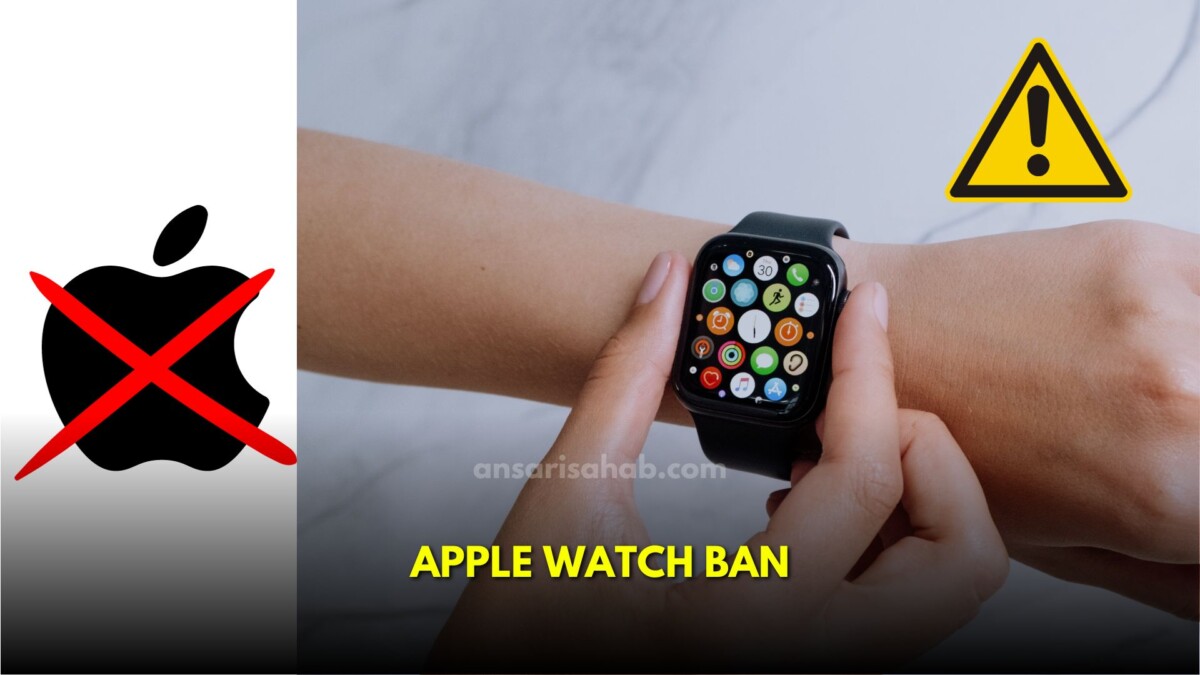In the world of wearables, the Apple Watch stands tall as a beacon of health and fitness tracking. However, a dark cloud has gathered over the iconic device, threatening to overshadow the upcoming holiday season. The International Trade Commission (ITC) ruling in December 2023, favoring medical technology company Masimo in a patent infringement lawsuit against Apple, has triggered a potential import ban on the Apple Watch Series 9 and Ultra 2 models in the United States. This development has far-reaching implications for Apple, its consumers, and the wider wearables market.
The ITC Ruling and Apple’s Response
The ITC’s ruling centers around Masimo’s claims that Apple infringed on its patents related to blood oxygen sensor technology – a crucial feature in the Series 9 and Ultra 2 models. Despite Apple’s appeals and efforts to involve the White House, the ban looms large, raising uncertainties about the availability of these popular Apple Watch variants during the critical holiday shopping season.
Potential Impact on Apple and the Holiday Season
The Apple Watch is not just a stylish accessory; it’s a major revenue driver for Apple, contributing billions of dollars in sales annually. A ban on the Series 9 and Ultra 2 models during the holiday season could deal a severe blow to Apple’s bottom line. The potential consequences include product shortages, price hikes, and frustrated consumers, all of which may cast a shadow over what is typically a lucrative period for the tech giant.
Apple’s Strategic Responses
As Apple faces this unprecedented challenge, it is exploring various strategies to navigate the storm:
- Redesigning the Apple Watch: An option on the table involves modifying the Series 9 and Ultra 2 models to sidestep the patent infringement issue. While this approach could potentially allow Apple to resume sales, it would demand significant time and resources.
- Settling with Masimo: Negotiating a licensing agreement with Masimo is another avenue. This would entail reaching a compromise, potentially involving licensing fees or adjustments to the blood oxygen sensor technology, resolving the legal battle and enabling Apple to import its watches without restrictions.
- Focus on alternative models: Apple may shift its focus to promoting the Apple Watch SE, unaffected by the import ban. However, the SE lacks some advanced features of the Series 9 and Ultra 2, potentially limiting its appeal to certain consumers.
Suggested: Google Slapped with $700 Million Antitrust Fine: Has the Play Store Monopoly Finally Met its Match?
Potential Consumer Impact
The ban’s ripple effect extends to consumers, who may face challenges in accessing the desired Apple Watch models. With fewer options available, demand for alternative smartwatches from competitors like Samsung and Garmin could surge. Furthermore, potential supply constraints may lead to price increases, making the Apple Watch less accessible to some consumers.
Broader Implications and Industry Insights
Beyond the immediate concerns, the Apple Watch ban prompts reflection on broader industry dynamics:
- Consumer Trust: The ban has the potential to erode consumer trust in Apple’s ability to safeguard its intellectual property, influencing the company’s brand image and reputation.
- Opportunity for Competitors: The vacuum created by the ban could open doors for competitors to introduce new smartwatch models, capitalizing on Apple’s misfortune.
- Uncertainty in the Wearables Market: The import ban injects uncertainty into the wearables market, potentially discouraging investment and innovation in the sector.
Conclusion
The Apple Watch import ban saga is a complex and evolving narrative with significant consequences for Apple, consumers, and the broader tech industry. As legal battles unfold and Apple explores strategic alternatives, the story will continue to captivate the attention of industry observers and consumers alike. Whether the Apple Watch emerges unscathed or undergoes a transformation, its journey through this challenging period will undoubtedly shape the future of wearable technology.









